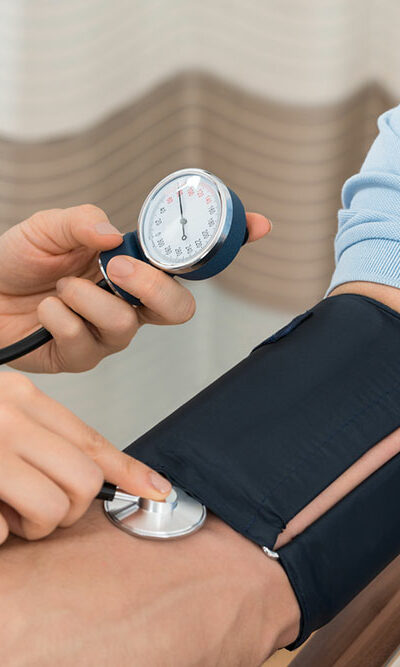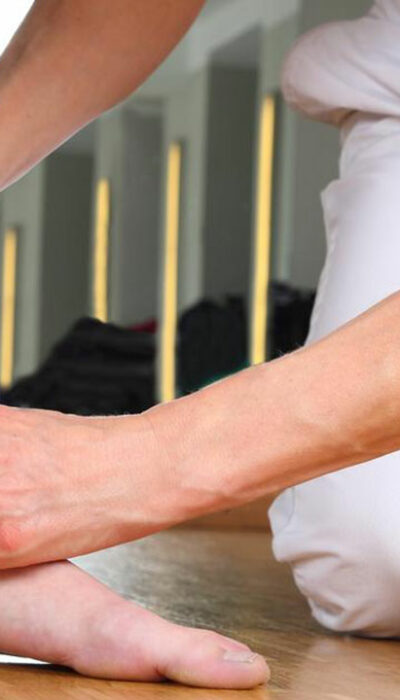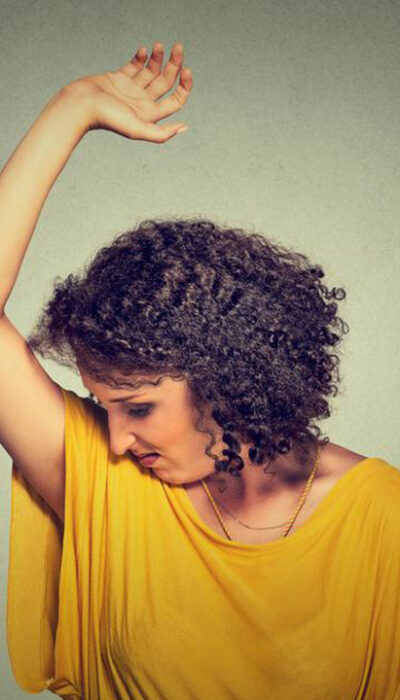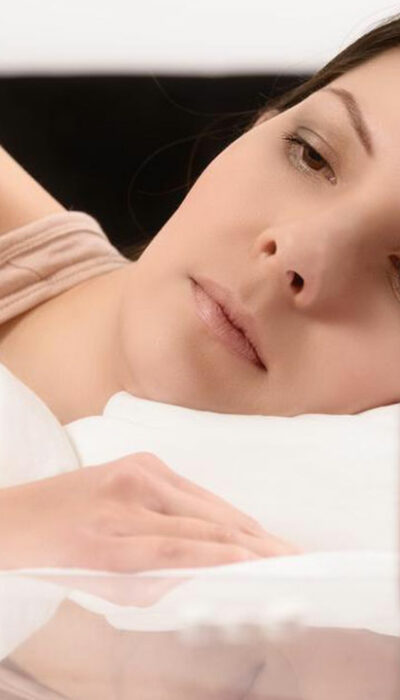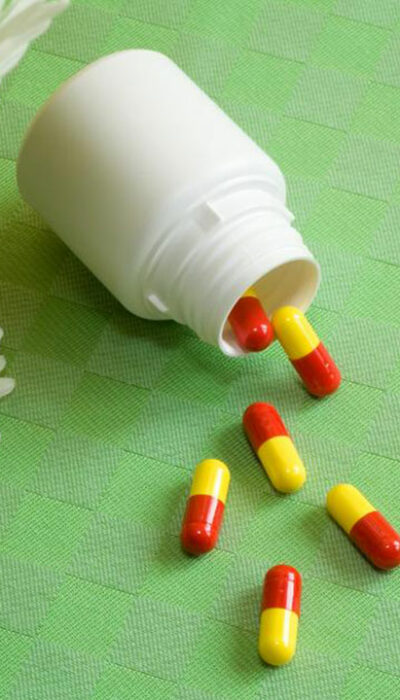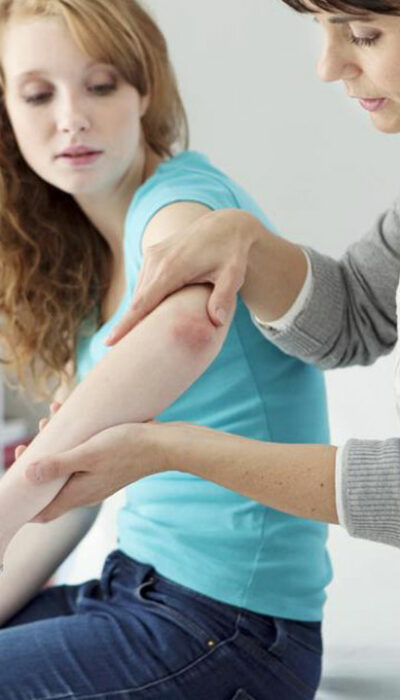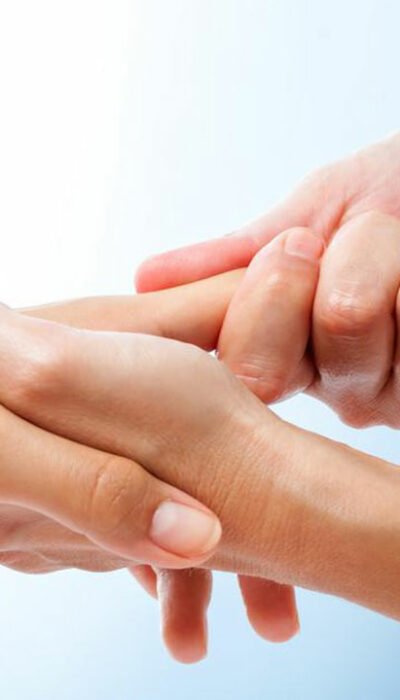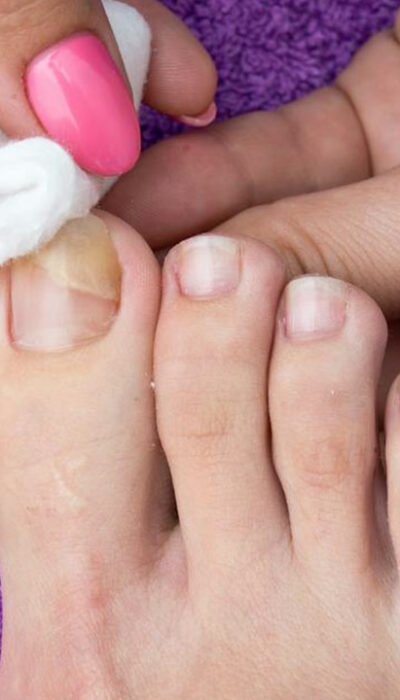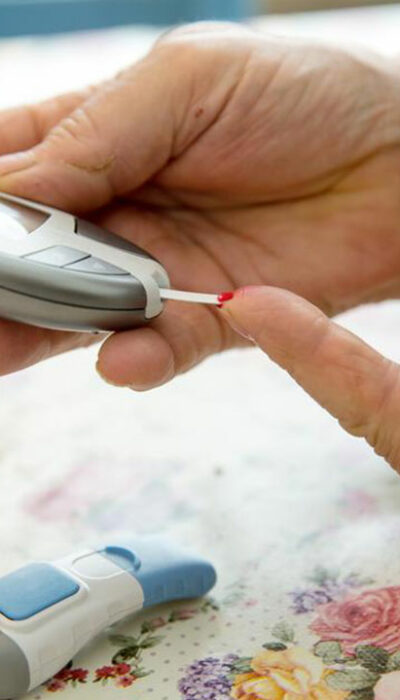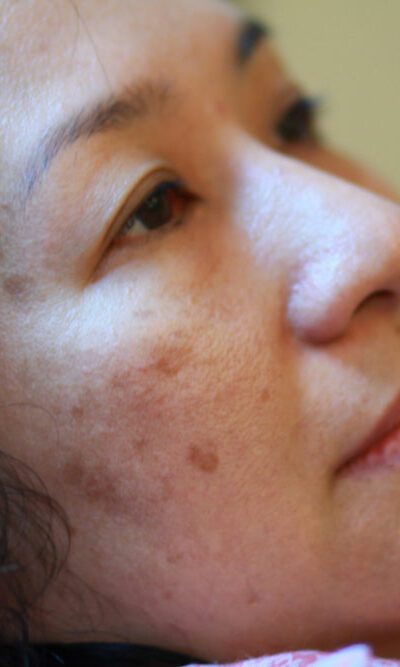
10 Common Skin Problems and Their Treatments
Our skin is nothing but a protective shell for our body, and it protects us from numerous toxic things like harmful chemicals, UV rays, and various cuts and scrapes. As a result of these factors, the skin often changes its texture and color, and at times rashes may also appear. Usually, skin inflammation causes these rashes, and there are numerous reasons behind this inflammation. You can see different patterns of skin rashes in conditions like granuloma annulare, eczema, pityriasis rosea, lichen planus, acne, razor burns, and so on. The article below highlights the different types of skin rashes and their treatments. Acne Acne is perhaps the most common problem that people face. Numerous factors lead to irritating red bumps on your skin. Heavy sweating, stress, humidity or consuming steroids can lead to skin rashes. Even if you maintain perfect personal hygiene, you may get acne because of washing your face too often. If you are facing this problem in your daily life, you should consult a general physician or a dermatologist to identify the underlying issue and cure it. You can also find numerous home remedies to deal with acne. Razor burn Men usually face this problem along with redness, blisters, and rashes due to shaving. To prevent this problem, you should be careful while shaving your face. You should wash your face with warm water and use sharp and clean blades. Nowadays, you can find different shaving gels and other lubricants which can help prevent these rashes. Moreover, you can also use aloe vera-based soothing lotions to soothe the skin and treat any skin rashes. Sunburn UV radiation could affect our skin and lead to rashes. Melanin protects our skin from UV radiation. You can take adequate precautions like using hats, sunglasses, and sunscreen, but the lack of vitamin E can result in painful sunburns.

